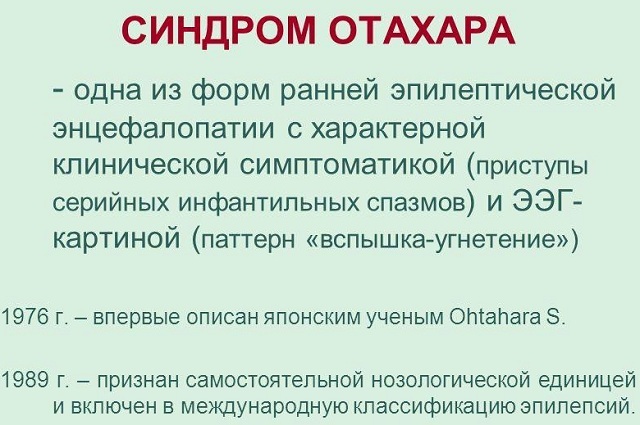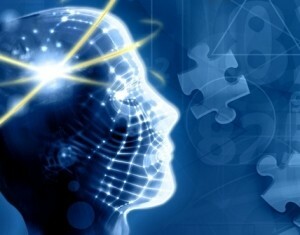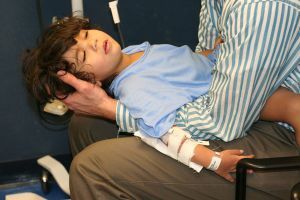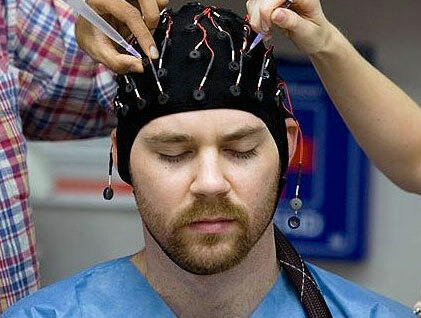 Jackson epilepsy is a kind of epilepsy with a tendency to generalization and with the clearest manifestation of partial( focal) epileptic seizures.
Jackson epilepsy is a kind of epilepsy with a tendency to generalization and with the clearest manifestation of partial( focal) epileptic seizures.
Jackson( Jackson, the famous English neuropathologist) epilepsy is characterized by convulsive neuronal discharges of the muscular system from one side of the body.
Reasons for
The causes of Jackson epilepsy include:
- organic post-traumatic brain lesions:
- vascular anomalies of the brain;
- tumors;
- meningoencephalitis;
- perinatal pathology.
During morphological studies pathologic changes, characteristic for the main type of disease, are noted.
In some cases, small, microscopic areas of the cerebral cortex next to the central groove are found.
Symptoms
The clinical picture of the disease is characterized by the appearance of convulsive seizures of clonic, tonic-clonic, clonic-tonic character.
And, convulsive phenomena arise against the background of an open, clear consciousness in the anterior part of the central gyrus of the brain, the areas of which correspond to one or another part of the body.
Seizures spread throughout the body, the seizure intensifies, involving in the process of motor activity more and more muscle regions of the same-named( left-right) side of the body, in accordance with their specific spatial location in the cerebral cortex, the so-called "Jacksonian march".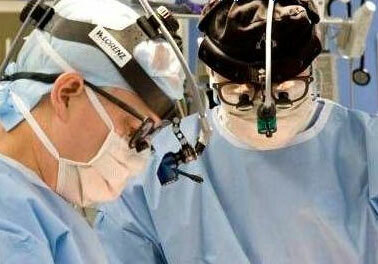
Usually, a seizure begins with a finger, then goes over to the shoulder, face and finally falls into the leg.
Convulsive attacks in each patient begin with the same limb segment.
Sometimes it is possible to produce a seizure of a seizure that began in the hand, intercepting it with another, free hand.
The end of the seizure occurs suddenly, in the reverse order.
Sometimes there is an epileptic status, limited:
- with a constant "Jacksonian march";
- musculature of the face;
- muscles of one limb.
With a wide spread of seizure, when convulsions cover both halves of the body, sudden loss of consciousness( secondary generalized attack) is possible.
After the onset of a seizure, a characteristic short-term post-parasitic paresis or limb paralysis can be observed.
Treatment of
Jackson epilepsy should be treated, starting with the main process that provoked partial seizures.
In the treatment of drugs used anticonvulsant therapy:
- lamitic;
- benzon;
- phenobarbital;
- is diphenine;
- hexamide;
- medicines based on valproic acid( acetiprol, orphyril, convulsaphine, depakin).
Recently, data on the effective treatment of partial seizures by vagal nerve stimulation are given.
There are the following pathogenetic therapies:
- absorbable( aloe, lidase);
- dehydration( furosemide, hypothiazide, diacarb);
- fortifying agents.
If persistent positive therapeutic effect is absent, then neurosurgical treatment may be prescribed.
Take care of yourself.
Stay healthy!

